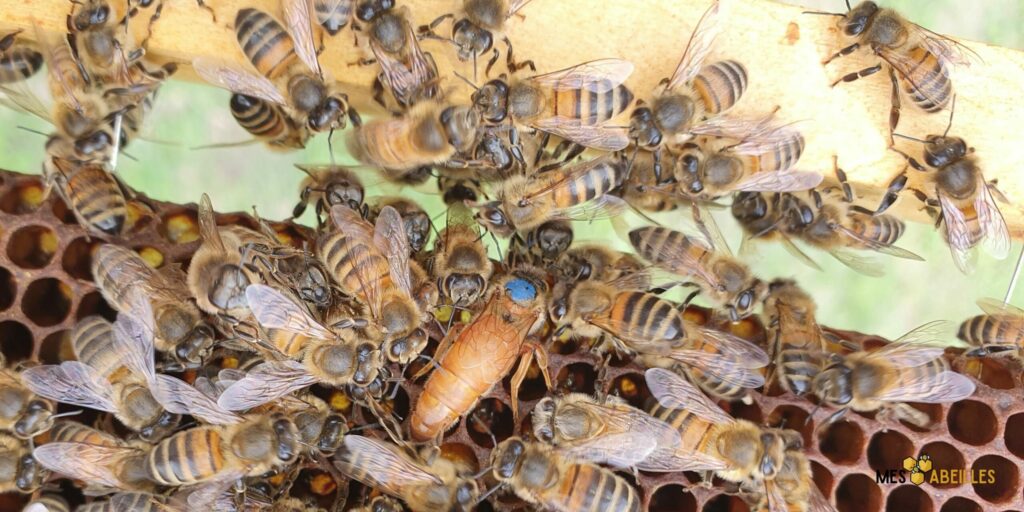October in the Bay Area marks a transitional period for beekeeping. The hot summer temperatures start to cool down, and the days become shorter, which signals a shift in the hive’s activity. The bees are preparing for the winter months ahead, and as a beekeeper, it’s crucial to ensure the hive’s health and readiness for the colder season. Here’s a detailed guide on what to do with your beehive in October:
- Assess Hive Strength
One of the first things you should do in October is to assess the overall strength of your hive. This includes checking for the number of bees, brood health, and honey stores. A healthy colony should have enough bees to form a strong cluster that can survive through the winter. If your hive appears weak, it might be time to combine weaker colonies with stronger ones to ensure survival.
- Check for Honey Stores
In the Bay Area, bees need adequate honey stores to survive the cooler months. Unlike harsher winter climates, bees in California don’t go into complete dormancy but still need enough food. Ideally, a hive should have about 40 to 60 pounds of honey going into winter. If your hive doesn’t have sufficient stores, consider feeding them with a 2:1 sugar syrup to help them build up reserves before temperatures drop further.
- Inspect for Pests and Diseases
October is an important time to check for pests like Varroa mites, which can be particularly damaging as the colony population starts to decrease. Perform a mite check using the sugar shake or alcohol wash method to determine the mite load. If necessary, apply treatments such as formic acid or oxalic acid, but be cautious as the temperatures drop because some treatments can be harmful to bees in cooler conditions.
Additionally, look for signs of other diseases like Nosema or foulbrood. A healthy hive will have clean, tightly packed brood cells and no visible abnormalities in bee behavior or appearance.
- Ventilation and Hive Setup
Even though the Bay Area has milder winters, moisture buildup inside the hive can still be an issue. Make sure your hive has proper ventilation to prevent condensation, which can drip onto the bees and cause cold stress. Consider using a moisture board or placing a small shim under the outer cover to improve air circulation.
Also, check the integrity of your hive’s structure. Repair any cracks or gaps where drafts might enter, and reduce the entrance with a reducer to prevent robbing by other bees or pests, as food sources become scarcer.
- Continue Feeding if Necessary
If you have not been feeding your bees during September, you may need to continue feeding through early October to build up their winter stores. The 2:1 sugar syrup ratio mimics nectar flow, encouraging the bees to store it as honey. Keep an eye on their stores, and once the weather starts to cool significantly, stop feeding sugar syrup and switch to solid feeding methods like fondant if necessary.
- Remove Excess Hive Boxes
If your hive has excess boxes with little to no activity or honey, it’s a good idea to remove them. The bees will have a harder time maintaining the temperature in a large, mostly empty hive, and reducing the space will help them stay warm and conserve energy. Ideally, you want your bees to overwinter in a compact space where they can efficiently cluster.
- Prepare for Winter but Stay Vigilant
Although October in the Bay Area is not yet full winter, you should start preparing for the colder months by ensuring your bees are healthy, well-fed, and have adequate protection from the elements. Keep monitoring your hive periodically, but avoid excessive inspections as this can disrupt the bees’ preparations.
Overall, October is about transitioning your hive into winter mode. By focusing on food reserves, health checks, and making sure the hive is well-sealed and ventilated, you’ll be setting up your bees for a successful overwintering period in the relatively mild Bay Area climate.

